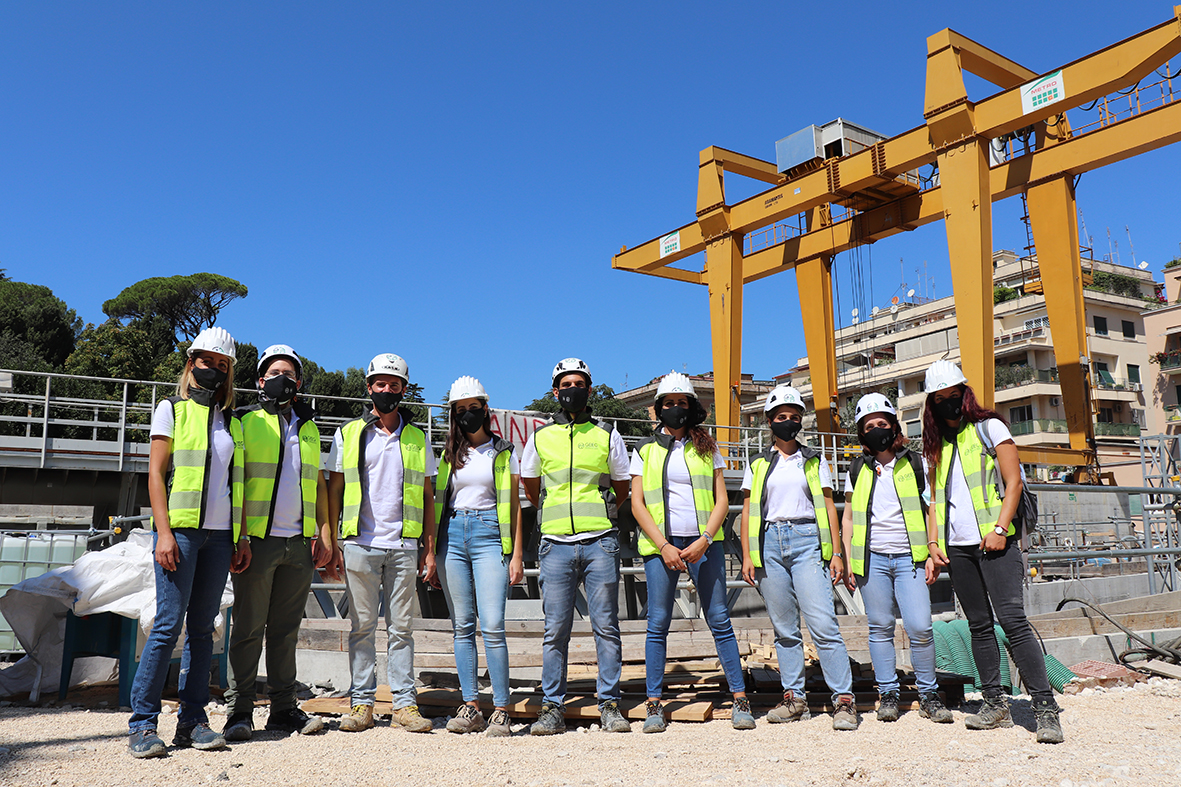Excavation of the new stations of Line C and the safeguarding of buildings and monuments
As it crosses the historic center of Rome, Metro Line C doesn’t just travel through urban space but also through time. A full agreement between the consortium of construction companies, the Municipality, and the Special Superintendency for Archaeology, Fine Arts, and Landscape of Rome has allowed for a complex plan of analysis, study, data processing, monitoring, and preservation to ensure the protection of millennia that underlie the structure of a city that continues to grow. Work on the section that stretches from the eastern quadrant of the city to its northwestern corner began in 2006, and in 2013, construction sites for two very “sensitive” stations, Amba Aradam and Fori Imperiali, were opened.
These four kilometers are saturated with history and artifacts, both below and above ground. Interactions with archaeological layers mainly concern the construction of stations and ventilation shafts because the tunnels always run below the archaeological strata, typically around 10-12 meters below street level.


